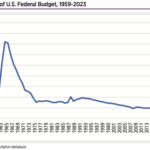2005
University nanosatellite launches skyrocket over past decade

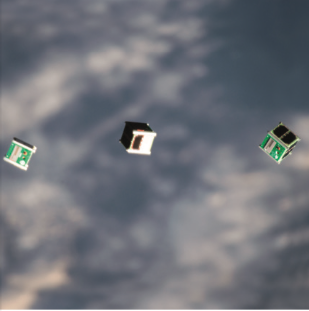
Universities across the globe are building an increasingly large presence in space by attaching student satellite projects to launches. Since the advent of nanosatellites and CubeSats, the barrier to space entry has never been lower for students.
NASA Share of U.S. Federal Budget, 1959-2023
Male vs Female Astronauts, 1961-Sept. 8, 2023
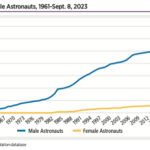
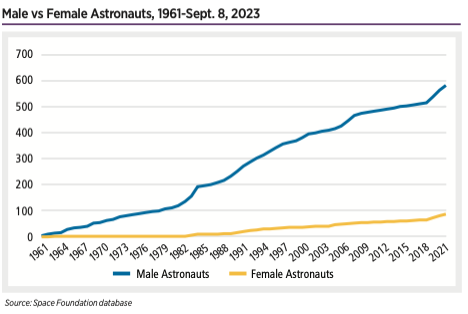
The most significant human spaceflight trend in recent years has been a shift to focus on diversification.
Space Insurance Industry Estimates, 2002-2022

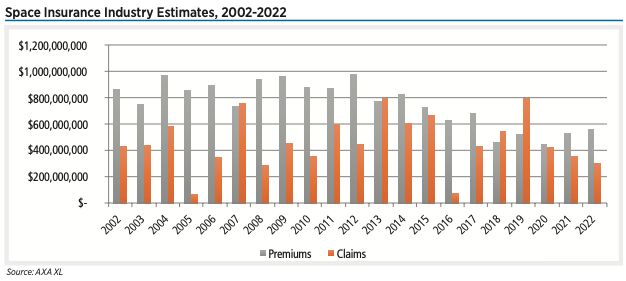
Operating in the space sector involves risks. Space launch is complex and launch failures are possible, even for well-established vehicles. New vehicles typically carry even greater risk. Once spacecraft successfully reach orbit, issues may arise due to factors such as space weather, space debris and a crowded orbital environment. To deal with these risks, many companies in the space sector invest in space insurance. As of 2023, there were about 25 direct space insurance companies worldwide.
Active Launch Vehicle Operators by Type, 2000-2022


Orbital launch attempts have more than tripled since a lull in activity in the early 2000s bottomed out at 55 attempts in 2004. Part of the rapid growth in the past few years is due to a sharp increase in launch vehicle operators after a long period with an average just shy of 10 distinct operators per year.
Launch Attempts by Top Operators, 2000-2022


Two of the top three launch operators — CNSA and SpaceX — have contributed to overall launch activity growth by exponentially increasing their pace, while the third — Roscosmos — decreased its annual launches by 42% from 2000 to 2022.
Science and Engineering Degrees, in Thousands, 2000-2016


“Space education, research, and workforce development in the public and private sectors are core components of the U.S. national interest, with the potential to drive exploration and scientific discovery, to find new solutions for pressing challenges, including climate change, to strengthen American national security, and to provide good-paying jobs for Americans,” the roadmap document states.
U.S. Military Space Spending 2005-2022


Gallagher said the military must accelerate its efforts in space and cyberspace to keep pace with Russia and China, improving Pentagon cybersecurity and redesigning Space Force satellites to harden constellations against attack.
Japanese Space Budget, 2005-2021
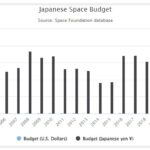

Civil space activities in Japan are coordinated by the Japan Aerospace Exploration Agency (JAXA), which is funded primarily through the Ministry for Education, Culture, Sports, Science, and Technology (MEXT).
France Space Budget, 2005-2021

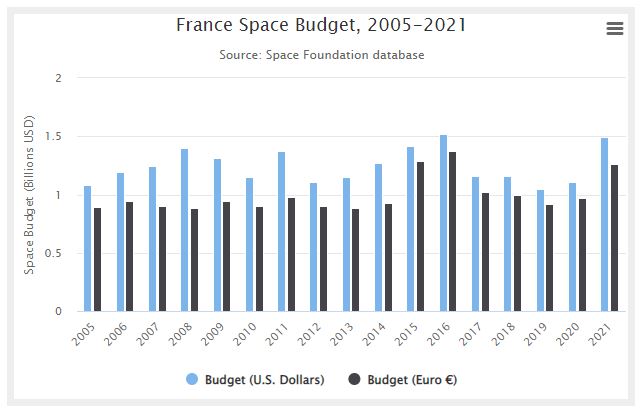
The majority of the French space budget goes to the French space agency, the Centre National d’Études Spatiales (CNES). About 36% of CNES spending, went toward ESA projects. An additional 31%, of CNES spending went to the national space program. The remaining funds, were allocated for maintaining national resources and the Future Investment Program (PIA).
